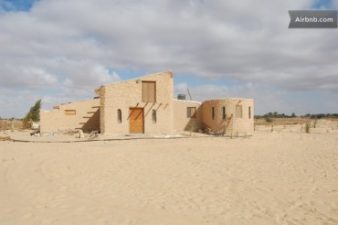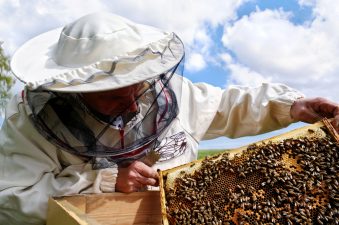 According to our calculations, a pilgrimage to Mecca from the UK releases more tonnes of carbon than the average French person does in a year
According to our calculations, a pilgrimage to Mecca from the UK releases more tonnes of carbon than the average French person does in a year
In part 1 of our feature on Green Hajj, we worked out that the carbon footprint of the average UK Hajj pilgrim is pretty high. Our guinea pigs, the Hussain family released around 32.77 tonnes of carbon during their trip which means that each individual member released more C02 in their single trip than the average person in France releases per year (6 tonnes of Carbon). So how do we make Hajj more green? Well we use their experience and knowledge to suggest new ways to make the impact of Hajj easier on this old planet.
Speaking to the Hussain family about the Hajj experience, what is clear is that overall there were some good and bad aspects, in terms of environmental protection, but also a lot more which could be done.
Let’s start with the bad: due to the stifling heat, air conditioning is on all the time in most places which means that lots of electricity is wasted. The family reported flooding in the toilets and wudu (ablution) areas which also means that water was wasted and recycling facilities were almost non-existent. Considering the amount of plastic used and the waste produced by swathes of pilgrims, this is a worrying thought.
There were, however, some eco brownie points to be won. Due to the large amounts of people converging on Mecca during Hajj period, public transport is highly encouraged by the Saudi authorities who provided buses for the pilgrims. Although the Mekkah Rail which Green Prophet covered was not yet open to international visitors in 2010, it will no doubt help reduce people’s emissions when travelling during Hajj in the future.
When I ask Iman Hussain, who took part in Hajj in 2010, if she thought Hajj was environmentally friendly she replies: “No, but due to the scale of people on Hajj it’s really difficult to be green. The environment is very warm so there is a lot of waste due to two main factors: food goes off very quickly and the A/C needs to be on all the time.” She also added that the main issue for the Saudi government is people’s safety so inevitably, eco issues get sidelined. In a bid in raise the profile of the importance of being eco, we have come up with some simple suggestions in the third and final installment of the series on Green Hajj.
: Image via Fatima_it_is on flickr.
:: Again I just want to re-iterate that I am no carbon expert. In fact, I welcome any offers from experts to assess the carbon footprint of the average Hajj pilgrim properly as it was the lack of any data, which led me to this rather slapdash effort.
For more on Green Hajj see:
Part 1: We Measure One Family’s Hajj Carbon Footprint
‘Mekka Metro’ Marls a Green Hajj for Pilgrims
An Epic Journey to Mecca- by Bike! (Slideshow)



